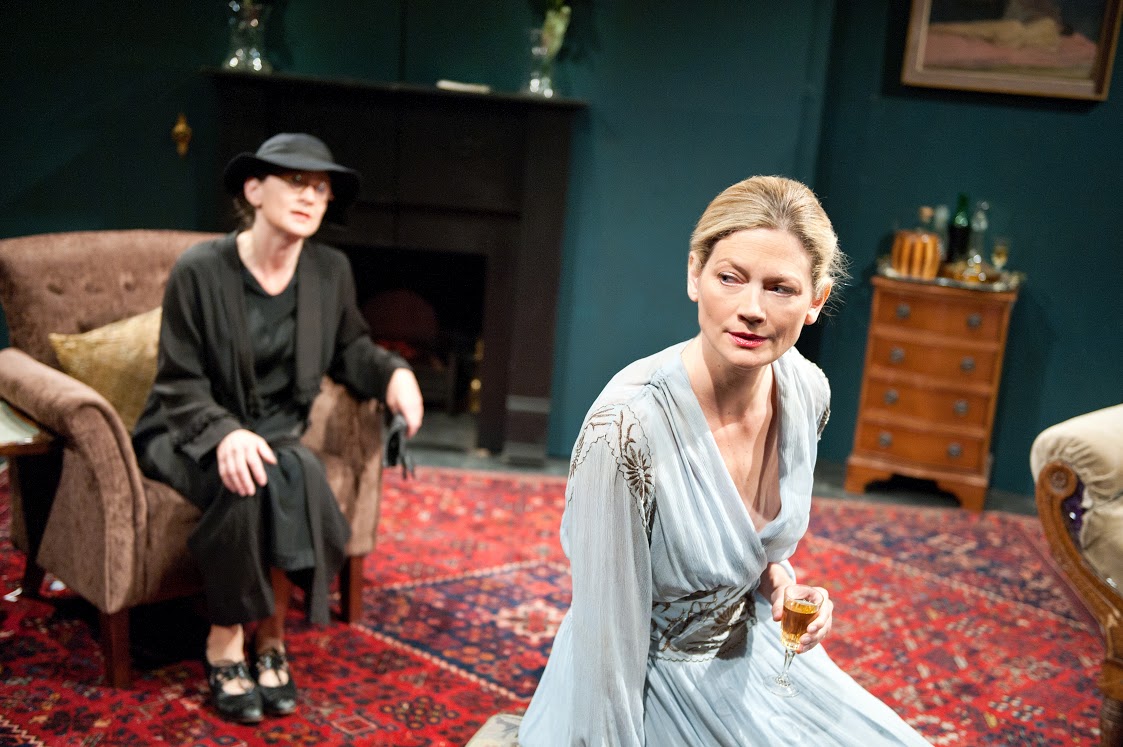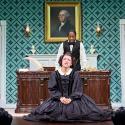As we arrive at the last few months of 2014, the temptation to say “Enough! No more!” to representations of the First World War creeps in. The centenary of 1914 has been so comprehensively commemorated on our stages and screens that you could be forgiven for feeling as if you had little left to understand about what went on. But don’t put it all behind you quite yet – this rediscovery from the 1930s still has something to offer in an overcrowded space.
John Van Druten’s Flowers of the Forest was first performed 80 years ago, at a time when the playwright was a prominent feature of the London theatre scene. Many of his plays have since disappeared from the repertoire, though – these days, he is principally known for his 1951 work I Am a Camera, which along with Christopher Isherwood’s stories was the source for Cabaret. Indeed, director Anthony Biggs writes in the programme notes that Flowers of the Forest had slipped so completely from memory that he had to send a copy to the Van Druten estate so that they could licence it back to him.
The one disappointing element of this play comes towards the endWhat sets this play apart from many of the First World War dramas we have seen this year is the way it uses time shifts to deepen the perspectives it offers. We see the characters in 1914 and 1916, patriotic and idealistic, but this is framed by scenes set 1934, where they are able to reflect on how their opinions and feelings have altered.
The action centres on two sisters, Naomi and Mercia. By placing two women at the heart of the drama, Van Druten gave it greater scope and originality – rather than a more straightforward tale of derring-do and disaffection, their relationships and declarations have nuance and uncertainty. Each has a soldier-sweetheart, but reacts to the challenges of the war in a very different way.
The sisters’ childhood home in Sussex is the setting for the wartime scenes. The English country parsonage occupied by their idealistic, blinkered parents comes to stand for the pastoral idyll immortalised in the poetry of the era. Indeed, Naomi’s admirer Richard regularly sends her such verses, which she loyally recites at family gatherings. However, Mercia’s fiancé Tommy has already rejected the ludicrous notion of “glorious war”, and speaks wistfully of German friends he made before 1914, deeply troubled by the notion that he is now called upon to hate and kill them.  In 1934, we see Naomi numb and stiff, exhausted by years of travelling, trying to rebuild a life after the war that deep down she knows will always be “second best”. Mercia, made bitter by her limited life as her parents’ helpmeet, is the less sympathetic character, but she does provide a fascinating study in what happens when outmoded values are permitted to stagnate.
In 1934, we see Naomi numb and stiff, exhausted by years of travelling, trying to rebuild a life after the war that deep down she knows will always be “second best”. Mercia, made bitter by her limited life as her parents’ helpmeet, is the less sympathetic character, but she does provide a fascinating study in what happens when outmoded values are permitted to stagnate.
Both Debra Penny as Mercia and Sophie Ward as Naomi (pictured above) manage the contrasts between the younger and older versions of their characters very well, aided by some judicious costume choices. The transition between the two eras, too, is well done – credit must go to designer Victoria Johnstone who managed to create two completely different aesthetics folded within each other in the theatre’s tiny space.
The one disappointing element of this play comes towards the end, when Van Druten flirts with the supernatural as Leonard Dobie, a young man introduced to Naomi and her husband by his secretary, appears to “channel” the departing spirit of her wartime love. It feels unnecessary, tacked on – trivial by comparison with what has gone before.















Add comment